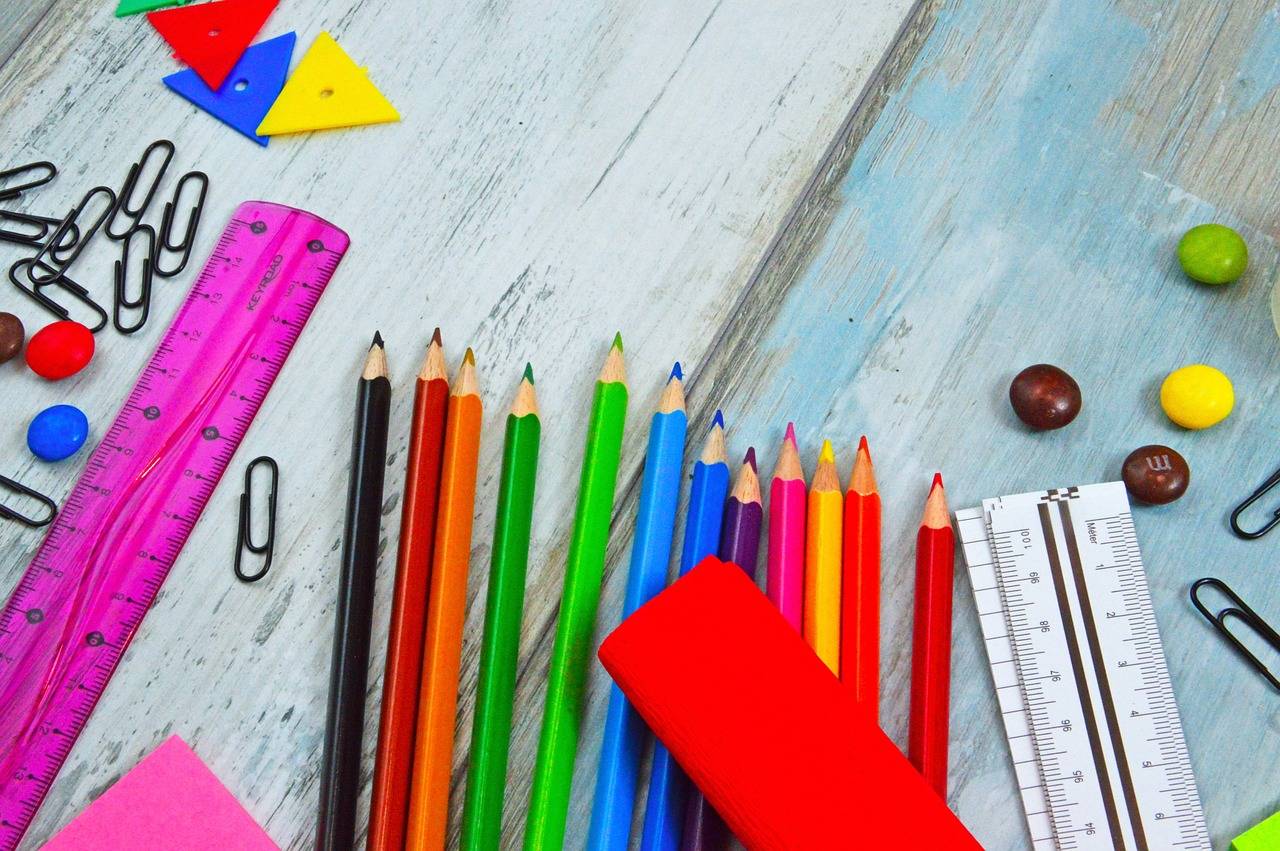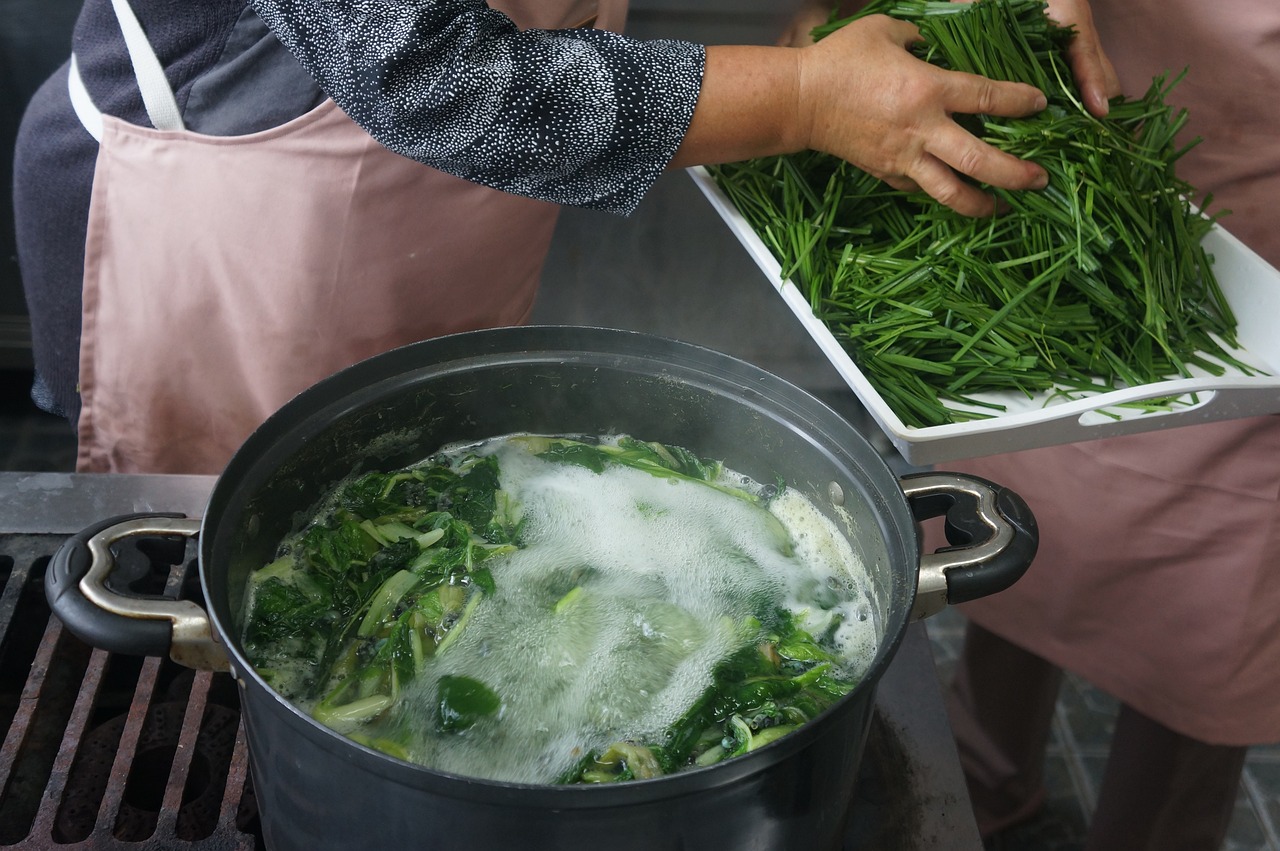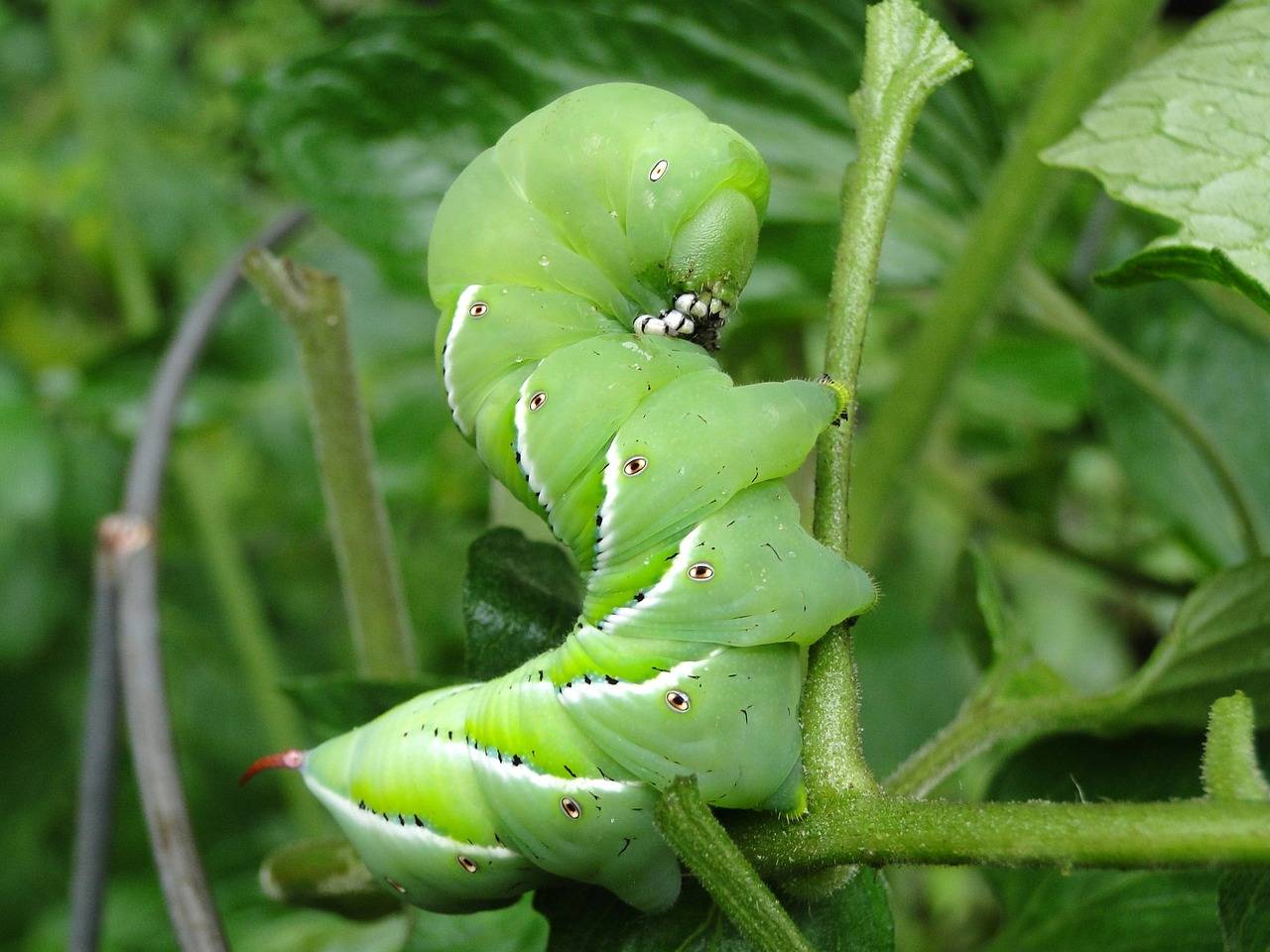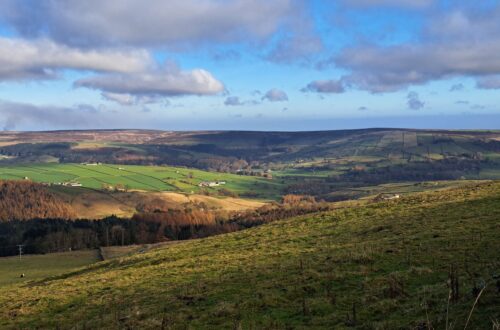The first day of school is right around the corner and, if you have children, that means that back to school shopping is in full swing. But if you’re committed to living more sustainably and reducing plastic waste, you can bring a greener edge to your shopping experience by choosing eco-friendly school supplies. In this zero waste back to school shopping guide, we’ll give you some tips on how to reduce your impact and also introduce you to some of the best low to zero waste school supplies around.
AFFILIATE DISCLOSURE: AS AN AMAZON ASSOCIATE, I MAY EARN COMMISSIONS FROM QUALIFYING PURCHASES.
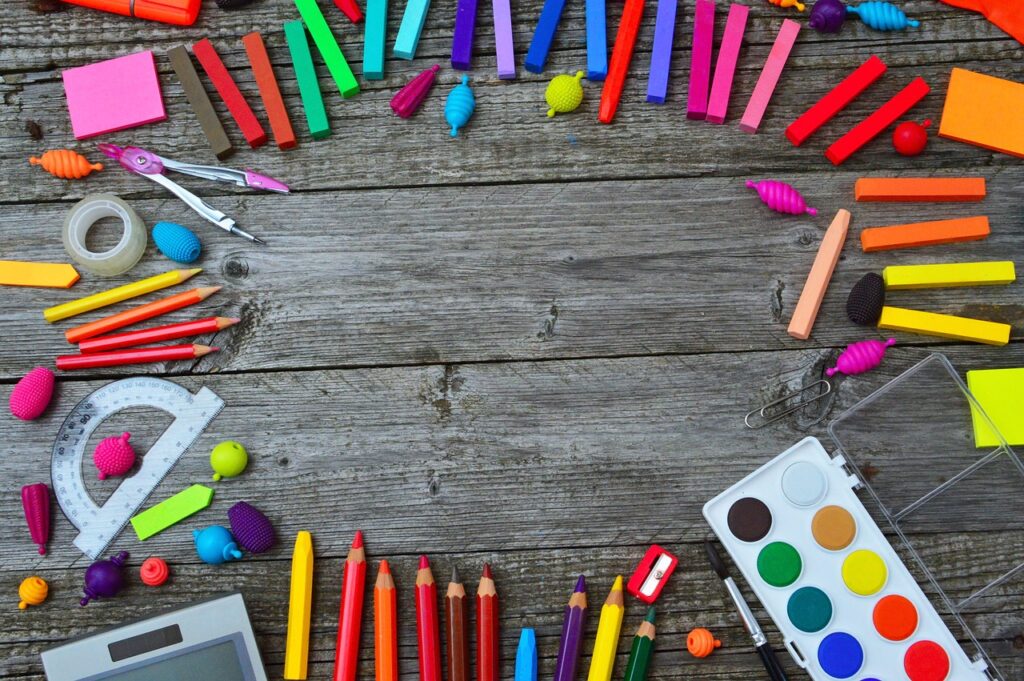
3 quick zero waste back to school shopping tips
Before heading out on your back to school shopping trip, check in with friends or “shop your home” to see if you have any items that can be repurposed for the upcoming school year. After all, the most eco-friendly products you can find are the ones that already exist! Upcycling old binders, folders and other products keeps these items out of the trash and reduces the amount of new items that need to be manufactured.
So, if you’re looking for quick, zero waste shopping tips, remember to:
1. Use what you have.
Rummage through your closets and drawers, looking for old pens, markers, folders and backpacks that may still have some life left in them. You may find that you can cross off a lot of the “must have” supplies on your shopping list by reusing the items you already have.
2. Shop secondhand.
Before heading into a big box store or ordering items online, browse through your local thrift shop or peruse secondhand websites like Etsy and eBay. These places often have gently used electronics (I mean, do you really need to buy a new graphing calculator?), backpacks, lunchboxes and other items that are just like new. And what would be cooler than waltzing into class with a vintage Lisa Frank backpack, anyway?
Other good secondhand resources include Craigslist, Facebook marketplace and websites like BookScouter.
3. Plan a swap.
Another option is to take matters into your own hands and plan your own back to school supply swap. Neighbors and friends often have their own gently used school supplies that they’re more than happy to part with. Why not plan a little party, get some tasty snacks and catch up on the latest neighborhood gossip while swapping your old school supplies with friends?
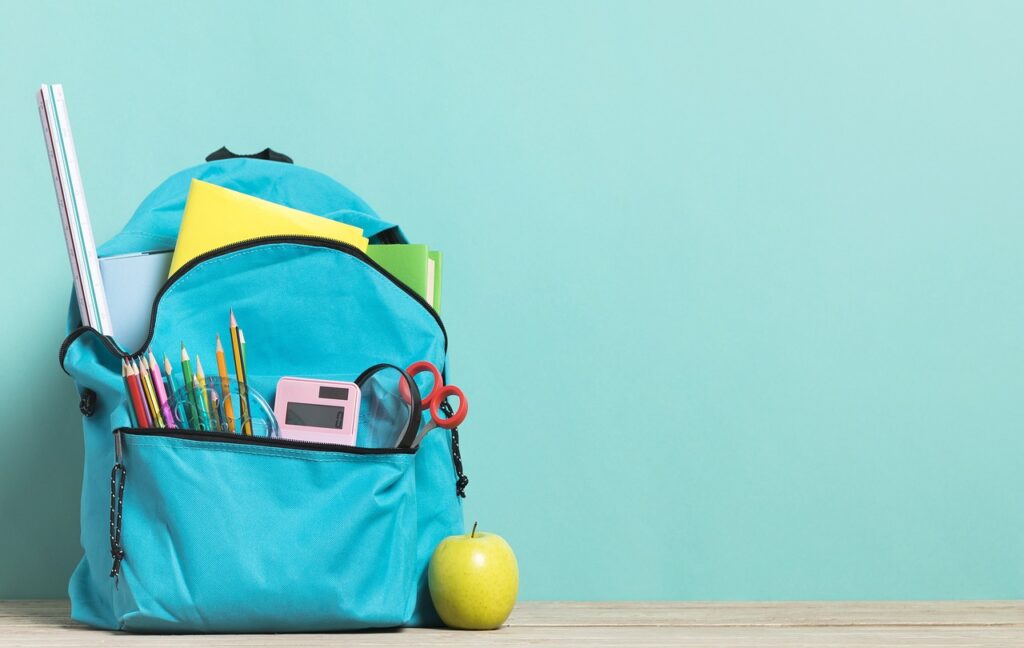
Shopping guide: Eco-friendly back to school supplies
Using secondhand school supplies is always an eco-friendly option, but if you still need to grab a few items off your back to school shopping list, the products below are some of the greenest you can find! From pencils, pens, backpacks and electronics, you’ll discover an assortment of environmentally friendly products for kids of all ages below!
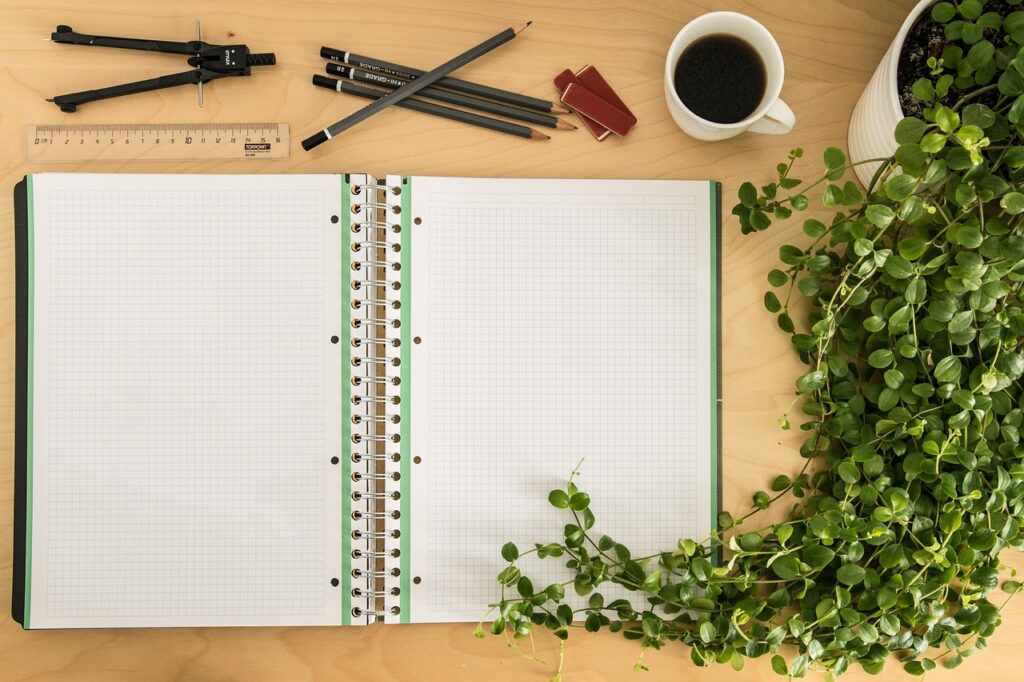
Sustainable notebooks
Notebooks are a must-have for any student, no matter their age. But most notebooks are made of paper, which requires trees to be cut down, and some notebooks may even have plastic covers and other non-biodegradable elements. But thankfully there are a few more eco-friendly notebooks on the market.
One of the coolest school shopping finds I’ve stumbled across recently are Rocketbooks, which can be used just like standard paper notebooks, but you can use them again and again! How’s that, you ask?
Well these “smart notebooks” can be scanned with a smart phone and the pages can be uploaded to your computer, which makes consulting notes later on so much easier. And, of course, after you’ve uploaded your notes, these reusable notebooks can be wiped clean with a damp paper towel, allowing the pages to be used ad infinitum!
Since they do require a smart phone, Rocketbooks may not be the best choice for elementary school students, but they’re ideal for older kids and college students too. I have a few Rocketbooks and I love the elegance of being able to use them for years. Plus, they come in different sizes and color options as well.
While Rocketbooks can be reused, they are a bit more expensive than standard notebooks. So, if you’re on a budget, another good, eco-friendly option is to select notebooks made of 100% recycled materials.
Decomposition notebooks are one popular pick, which come in tons of color and style options. Paperage also makes stylish, recycled notebooks that have a handy elastic closure to keep notebooks tidy even in cramped backpacks!
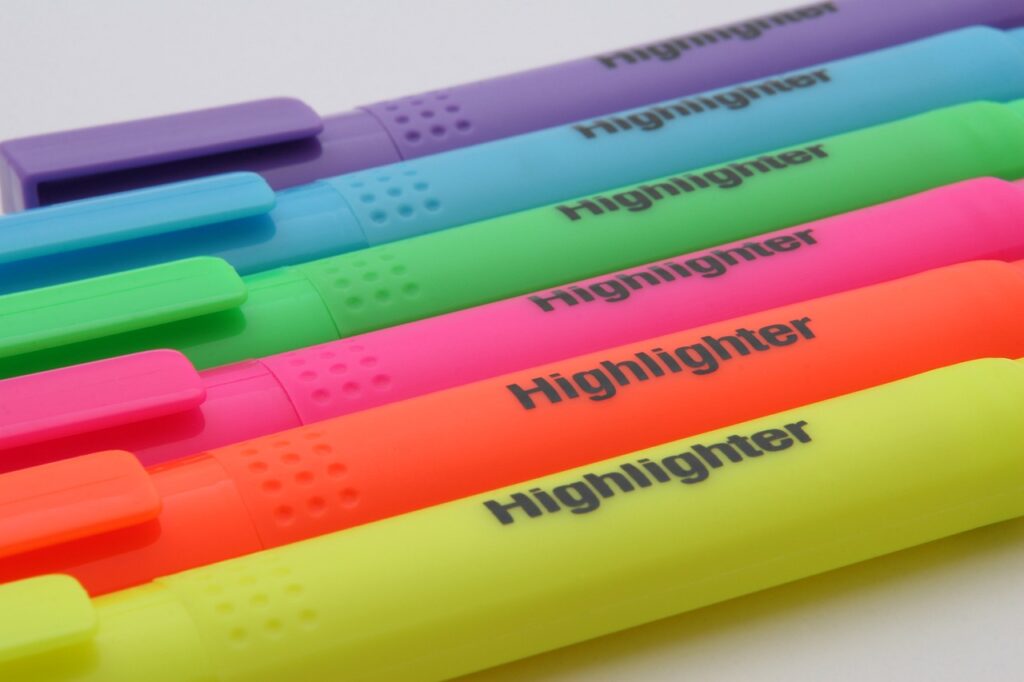
Sustainable pens and other writing implements
According to the U.N., about 8 million trees are cut down annually to create wooden pencils. Plastic pencils, on the other hand, pose their own inherent ecological risks as they aren’t biodegradable and they can contribute to landfill waste or find their way into the ocean. Pens, highlighters, crayons and markers are other back to school essentials, but many of these products aren’t great for the environment either.
However, eco-minded companies have been hard at work creating sustainable writing implements, like pencils made from recycled newspapers and recycled cork pens. There are also some fun, plantable pencils that can inspire kids to try their hands at gardening too!
Finding sustainable highlighters is a bit more tricky, but there are wooden highlighter pencils that are plastic-free, as well as refillable highlighters that will help slash plastic waste.
Traditional crayons are generally made of paraffin wax, which is a petroleum-based product. However, beeswax crayons or soy crayons are much more eco-friendly. You can also melt down old crayons to make recycled new ones with a handy crayon mold.
As for markers, refillable options are some of the best choices if you want to cut down on plastic pollution.
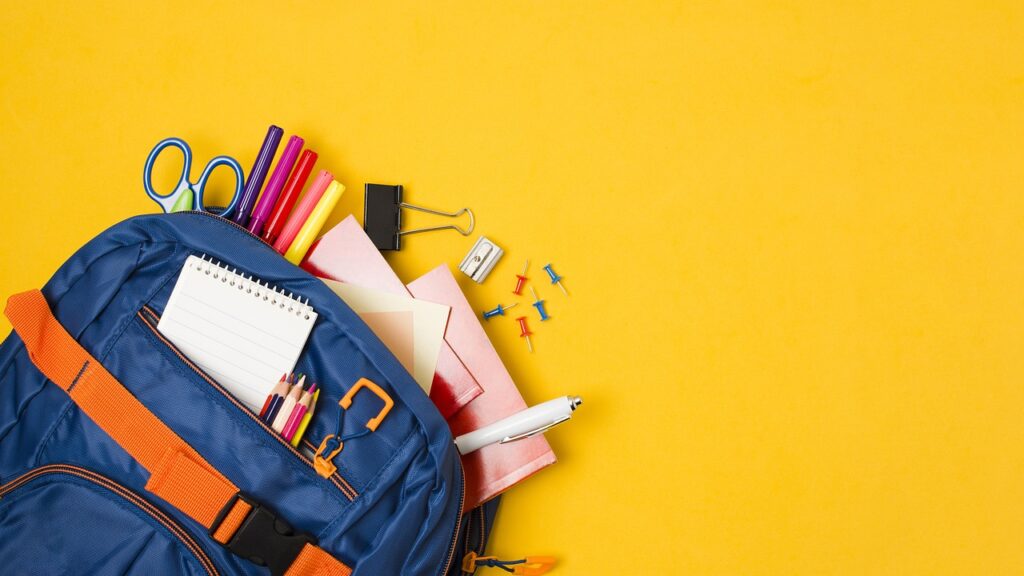
Sustainable backpacks and lunchboxes
When it comes to ecofriendly backpacks and sustainable lunchboxes, your best options are either secondhand items or products made with natural fibers (cotton or hemp) or recycled materials.
JanSport has a line of backpacks made of 100% recycled nylon and polyester and they come in a variety of different colors. Vera Bradley also has a range of fashionable backpacks made of recycled plastic bottles, including timeless Daytripper bags. Beyond that, brands like Freakmandu have some unique, natural hemp backpacks that are easy on the environment and your wallet too!
In terms of lunchboxes, Vera Bradley makes recycled cotton lunch bags that are decorated with fun patterns. Or, for something different, you can also find sleek, recycled Bento box-style lunch boxes made of recycled plastic bottles. And, of course, don’t forget beeswax wraps and a travel cutlery set, which will fit perfectly in a lunchbox and help you cut down on single use plastic too!
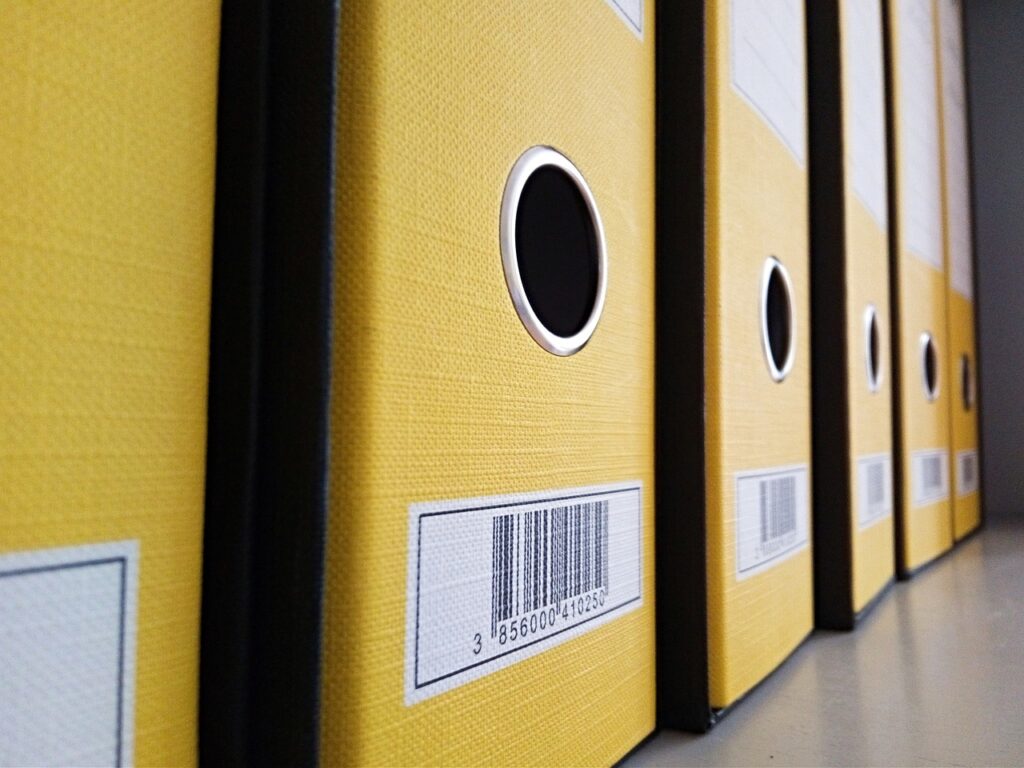
Sustainable binders and folders
Most binders are made of non-biodegradable plastic and PVC, which usually end up in the trash after the school year ends. But you can cut down on unnecessary waste by opting for binders and folders made of recycled plastics or paper products.
Binders made of recycled Kraft paper are a great choice for creative kids as they can be decorated by hand with markers and paint to make a truly personalized binder. Jumping Fox also has a line of colorful school binders made of recycled cardboard and linen and they even ship in eco-friendly packaging. And, once you have your binders in hand, don’t forget to pick up some folders made of recycled plastic or recycled paper!
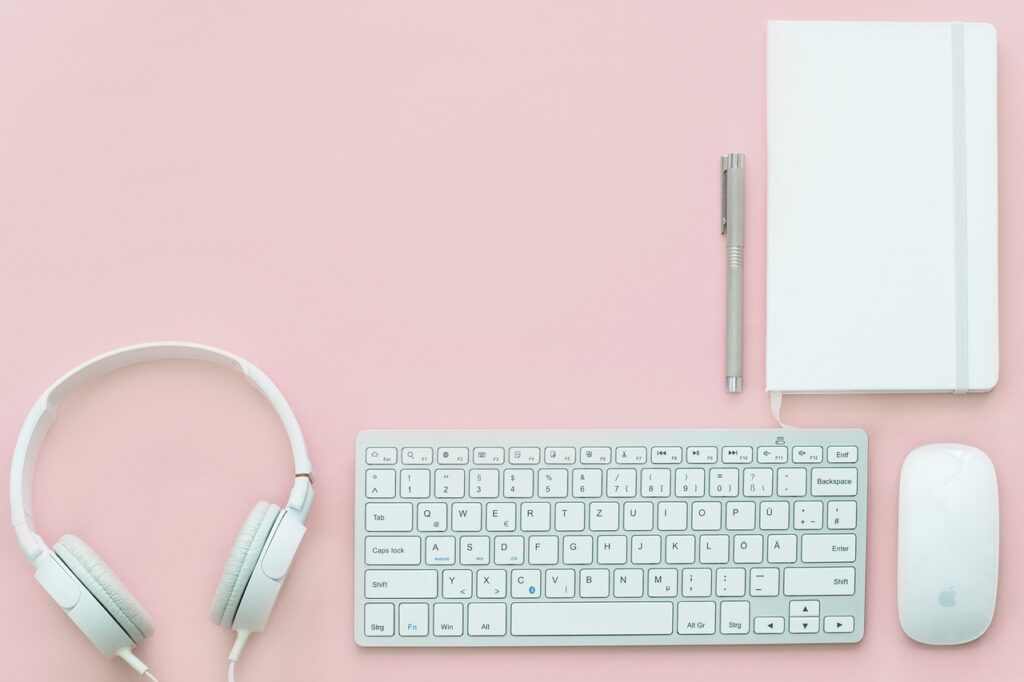
Sustainable electronics
Of course, the most eco-friendly electronics you can find are secondhand items and these items also happen to be easier on your wallet. Laptops, printers and graphing calculators are easy to find on websites like eBay and Craigslist. You can also often find these items for sale (or sometimes even for free) on local Facebook swap groups.
Most students only use graphing calculators for a year or two and then these bulky items languish in closets for years. I always recommend reselling graphing calculators once you no longer need them and using the proceeds to fund next year’s back to school adventure!
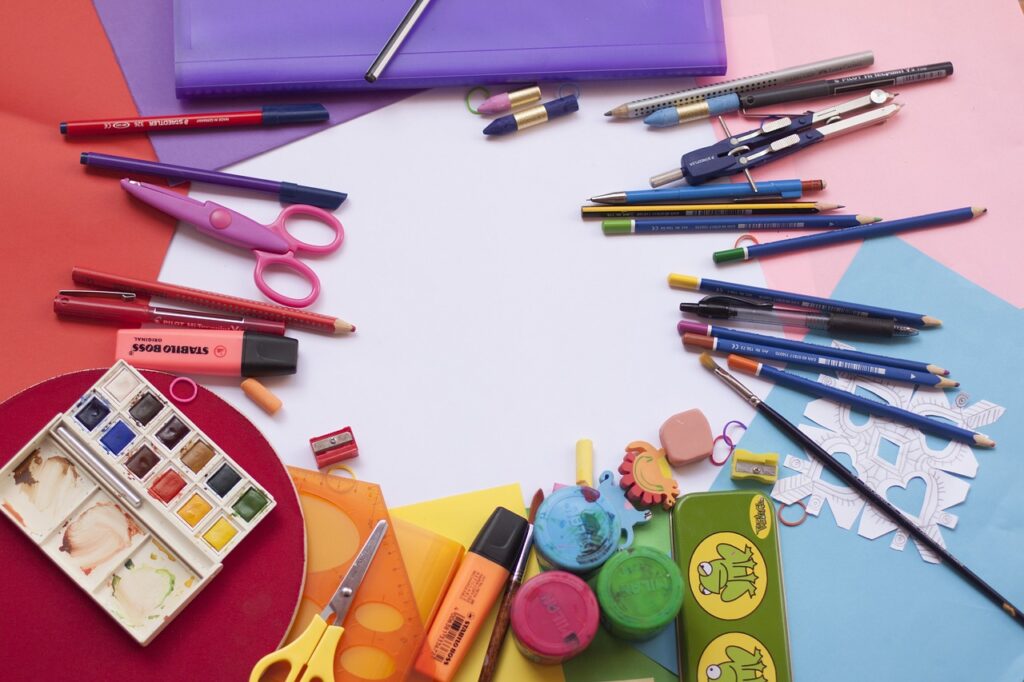
Other sustainable back to school supplies
While we’ve already covered the major back to school essentials, there are a few other items that most students need for the school year. And why should you purchase single use items when there are these eco-friendly alternatives!
- Eco-friendly glue sticks. BIC has a line of glue sticks made of recycled materials and solvent-free glue. The glue sticks by Onyx + Green are another good option, which are made of recycled materials and non-toxic, plant-based glues.
- Eco-friendly scissors. Scissors are one of those items that you likely already have lying around your home; however, if you need to purchase a new pair, scissors made with recycled materials are always a solid choice. One example are the scissors by Fiskars that have recycled plastic handles.
- Eco-friendly book covers. When looking for book covers, stay away from covers made with plastic. Upcycling old paper bags, maps and gift wrap is always an easy option and they also allow kids to doodle on their book covers too!
- Eco-friendly erasers. Any student doing a lot of writing is bound to make a mistake or two and erasers are always a must. Many sustainable erasers are made of recycled rubber and they work just as well as standard erasers!
